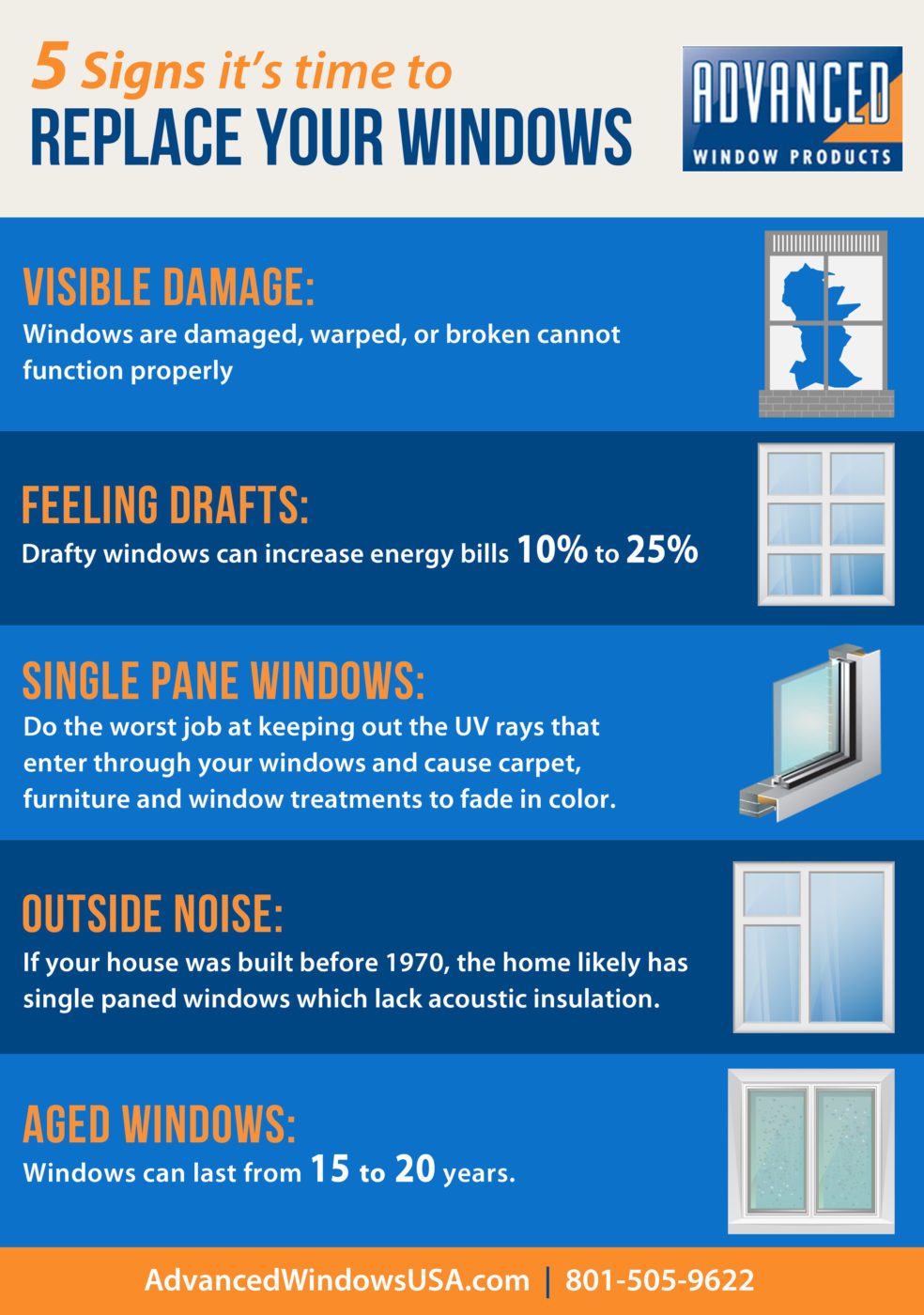Comprehend The Essential Stress Cleaning Strategies Tailored For Each And Every Kind Of Surface Area To Produce Impressive Outcomes-- Expose The Tricks To A Beautiful Surface
Comprehend The Essential Stress Cleaning Strategies Tailored For Each And Every Kind Of Surface Area To Produce Impressive Outcomes-- Expose The Tricks To A Beautiful Surface
Blog Article
Material By-Lassen Mosley
When it involves push cleaning, the strategy you pick can make all the distinction in attaining a clean, streak-free finish. You might locate that difficult surface areas, like concrete, need a different method than softer products, such as wood or plastic. It's essential to adjust your methods to the surface kind to prevent damages while making best use of cleaning efficiency. So, what are the very best methods for every surface area, and just how can you guarantee you're making use of the ideal settings and tools for the work? Allow's discover what you need to recognize to get the most effective outcomes.
Hard Surfaces
When it involves push cleaning tough surface areas, prep work is crucial. Prior to you even think about taking out the stress washing machine, put in the time to get rid of the location of any type of particles, furnishings, or barriers. You don't want anything getting in your means or potentially damaging your equipment.
Next off, examine the surface area for any fractures or damage; this will certainly assist you identify the ideal technique and stress setups.
As soon as you've prepared the location, it's important to select the appropriate nozzle. For hard surfaces like concrete or brick, a narrow nozzle (15 or 25 levels) works best to supply a concentrated stream of water that can properly remove gunk and stains. Constantly begin at a distance and progressively relocate better to stay clear of any surface damage.
As you begin cleaning, maintain the wand moving to stop streaks and over-saturation. It's also valuable to function from the top down, permitting dirt and particles to wash away naturally.
Lastly, remember to wash the surface extensively after cleansing to get rid of any remaining cleaning agent. With these techniques, you'll attain a tidy and refreshed look on all your hard surface areas.
Soft Surfaces
Pressure cleaning soft surface areas requires a gentler technique to protect them from damages. Whether you're cleaning your deck, outdoor patio furnishings, or home siding, utilizing too much stress can result in dents, scrapes, or even permanent injury.
Begin by selecting a low-pressure nozzle, preferably a 25-degree or wider spray pattern, to distribute the water more delicately.
Prior to you begin, it's critical to pre-treat any type of spots with a suitable cleansing solution. gmwc.info window cleaning permits the cleaner to permeate the dirt and grime, making it simpler to wash away without rubbing also hard.
Always apply the solution from the bottom up to stop spotting.
When you start stress washing, maintain a distance of a minimum of 12 to 18 inches from the surface. Move your wand in a sweeping activity, maintaining it parallel to the surface to avoid focused pressure on one place.
Wash the area thoroughly after cleaning up to get rid of any kind of recurring cleaner.
Finally, inspect the surface area for any kind of missed areas and duplicate the process if needed. By adhering to these steps, you can properly tidy soft surfaces while preserving their stability and look.
Specialized Surfaces
Cleansing soft surface areas requires care, but specialty surfaces require a lot more focus to detail. When you deal with these surface areas, like delicate timber, stained concrete, or particular sorts of house siding, using the right stress cleaning techniques is essential to avoid damages.
First, assess the material. For https://shoppingcentrecleaning00987.thelateblog.com/33078569/uncover-the-suitable-window-cleaning-timetable-for-each-period-to-raise-the-visual-charm-and-capability-of-your-home-quality-is-simply-nearby , treated timber can frequently hold up against modest pressure, but softer woods like cedar might call for a lower setup. Always begin with the lowest stress and gradually increase if necessary.
For tarnished concrete, utilize a follower spray nozzle and maintain a regular distance to avoid etching the surface area.
When dealing with surfaces like plastic siding or painted surface areas, a vast spray pattern helps disperse the pressure evenly, securing the surface.
It's also a good idea to make use of cleaning agents particularly made for specialty surfaces. They can improve cleansing without jeopardizing the product.
Wash completely after cleaning to get rid of any kind of residue, as it can result in discoloration or damage over time.
Final thought
Finally, grasping stress cleaning methods for different surface areas can make all the difference in your cleansing results. For hard surfaces, adhere to narrow nozzles and a top-to-bottom strategy, while soft surfaces need a gentler touch with wider nozzles. Do not forget to pre-treat discolorations and rinse completely to avoid residue. By adapting your methods to every material, you'll not only attain a cleaner coating but also protect the stability of your surface areas. Pleased cleaning!
